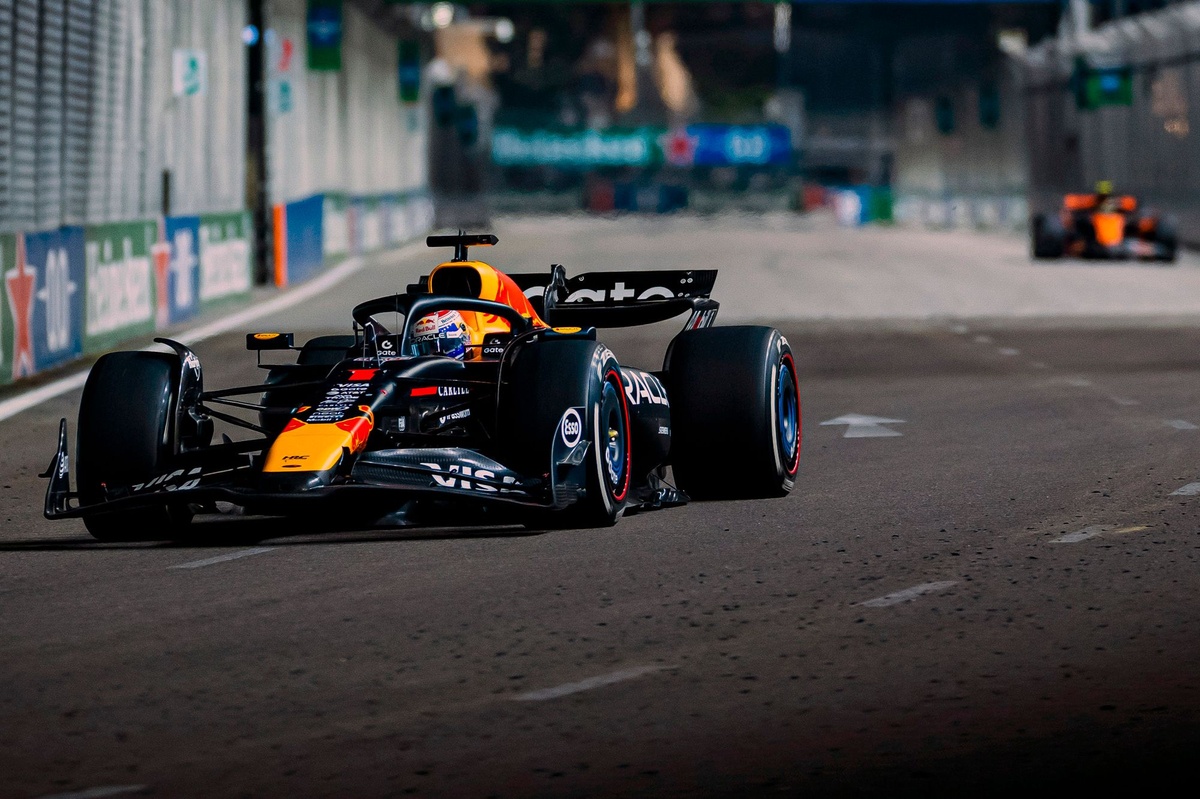Red Bull Racing Prioritises Current Car Development Amid 2026 Project Challenges
Red Bull Racing has signalled its commitment to ongoing enhancements of the RB21, even as it navigates the complexities of preparing for the 2026 Formula 1 regulations. Team principal Laurent Mekies acknowledged that while these improvements might detract from long-term development, they are vital for maximizing performance in the short term and ensuring robust data for future projects.
Short-Term Gains With Long-Term Implications
Red Bull’s recent upgrades—including a new floor introduced at Monza and a front wing debuted in Singapore—illustrate the team’s dedication to refining the RB21. Max Verstappen noted that the latest modifications “definitely helped,” underscoring their immediate impact. Yet, such advancements come with a caveat, as they could potentially divert resources and focus from the aspiring 2026 project.
Validation of Development Strategies
Mekies emphasised the importance of validating their existing methodologies through the current car. “It’s essential to understand whether our approach to data and development is on point,” he stated. By doing so, the team aims to build confidence heading into the next regulatory era. This strategic choice, although arguably costly, ensures that Red Bull does not enter 2026 “blindly,” mitigating the risk of repeating past mistakes.
The Competitive Landscape
The decision to prolong RB21 development stands in stark contrast to teams like Mclaren. Andrea Stella, McLaren’s team principal, noted that while they have shifted focus entirely on 2026, Red Bull’s persistent upgrades have highlighted a narrowing gap in competition. “Red Bull is certainly one of those teams that kept bringing enhancements,” he remarked.
Strategic Decision-Making
For Red Bull, the extended development phase is not merely a response to current competition but also a necessary step to re-align its simulation tools and on-track performance. After a period of inconsistencies where simulation data deviated from reality, Mekies has underscored the need to clarify these discrepancies, providing the foundation needed for a successful transition into 2026.
Conclusion: A Calculated Risk
Although Red Bull Racing faces risks in prioritising its current car while eyeing future regulations, the strategy enables the team to maintain a competitive edge and build a sound framework for its 2026 ambitions. This balanced approach to car development ensures that both immediate performance and long-term viability remain priorities as the team embarks on the new era of Formula 1.






